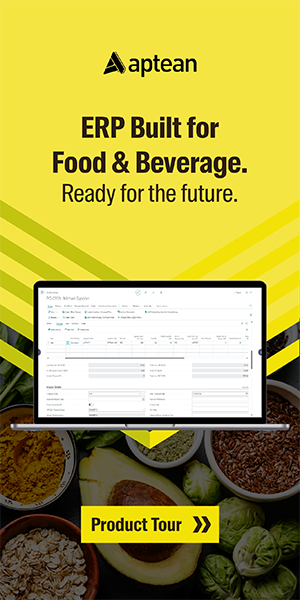Addressing the urgent need for hiring, training, and retaining talent is a pressing issue for the HR function in most organizations today, particularly those with a frontline workforce involved in product manufacturing.
In the final article of this three-part series, we delve into the profound impact of a robust ERP system on workforce transformation, which can significantly transform an organization’s adaptability by creating a balance between AI-led solutions and people-led ones.
When it comes to retention and productivity, a study by Deloitte shows that there will be as many as two million unfilled manufacturing positions by 2030 in the US. In another survey, 72% of the respondents indicated a negative performance on their topline and bottom-line growth due to low employee productivity.
While the human element in human resources is undeniably crucial, organizations striving to adapt and transform their businesses must also effectively leverage technology to cultivate an empowered, productive workforce that can concentrate on core tasks to ensure a company’s growth.
For instance, an adaptive organization would use technology to help an employee set up, say, a printer. Many IT departments are flooded with questions like, “How can I create a new report or modify one?” Technology can help streamline these processes, leaving the IT department free to focus on the organization’s more strategic projects.
Companies like QAD are building these features into their flagship cloud ERP product, QAD ERP O3. They include:
Improved self-service administration: This feature allows enterprises to help employees with simple tasks like the ones mentioned above. It also offers embedded analytics to help end users with their tasks.
Contextual decision-making tools: These are based on collaboration within the ERP system and allow conversations between the management, employees, and the system to document why certain decisions are being made. For example, if a user has extended an extra discount to a customer, they can document why that discount was given. So, if the customer is buying again through another user, they can check on the previous discount, understand why that decision was made, and make an informed choice in the next transaction.
Task assistance: This feature helps the HR function accelerate the onboarding process. It also helps employees get what is needed done in the system without having to read system documentation. The built-in GuideMe technology allows users to receive help to move and navigate through screens and fields to accomplish their tasks as quickly and easily as possible.
Pragmatic AI: All the above tasks use pragmatic artificial intelligence (AI) solutions that assist employees. Instead of taking over an employee’s tasks, this system works with the users to ensure they address the root cause of a manufacturing problem, not just the systems and any exceptions to these issues.
In conclusion, it takes the transformation of processes, systems and people for an organization to adapt quickly to the ever-changing business landscape and succeed despite geopolitical and supply chain uncertainties.






